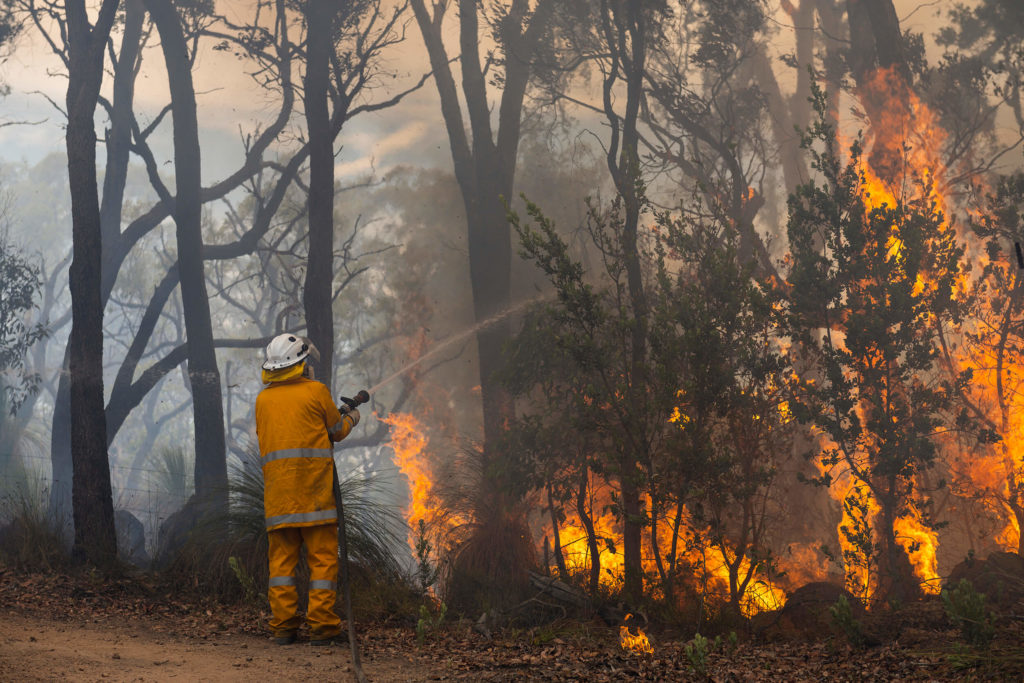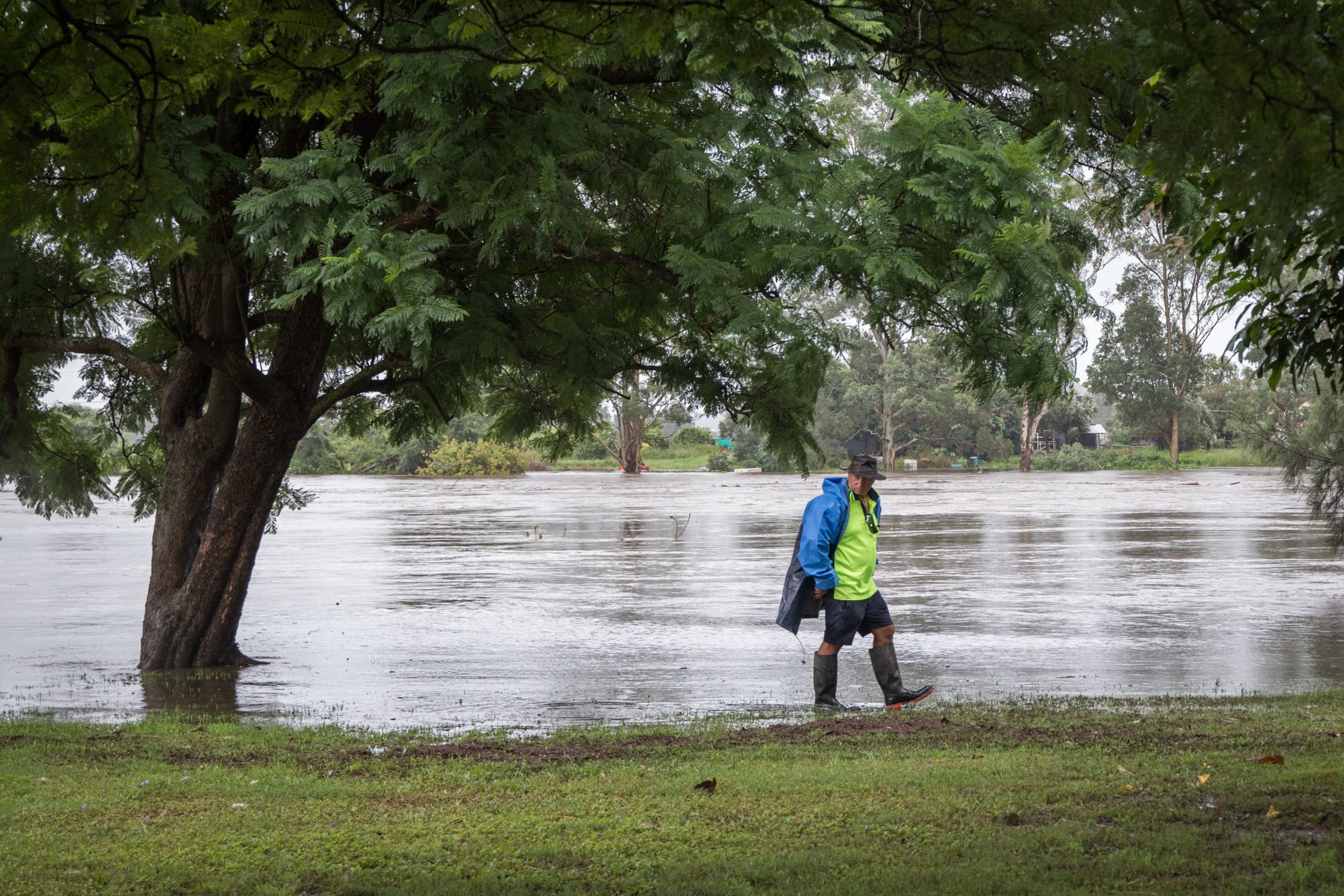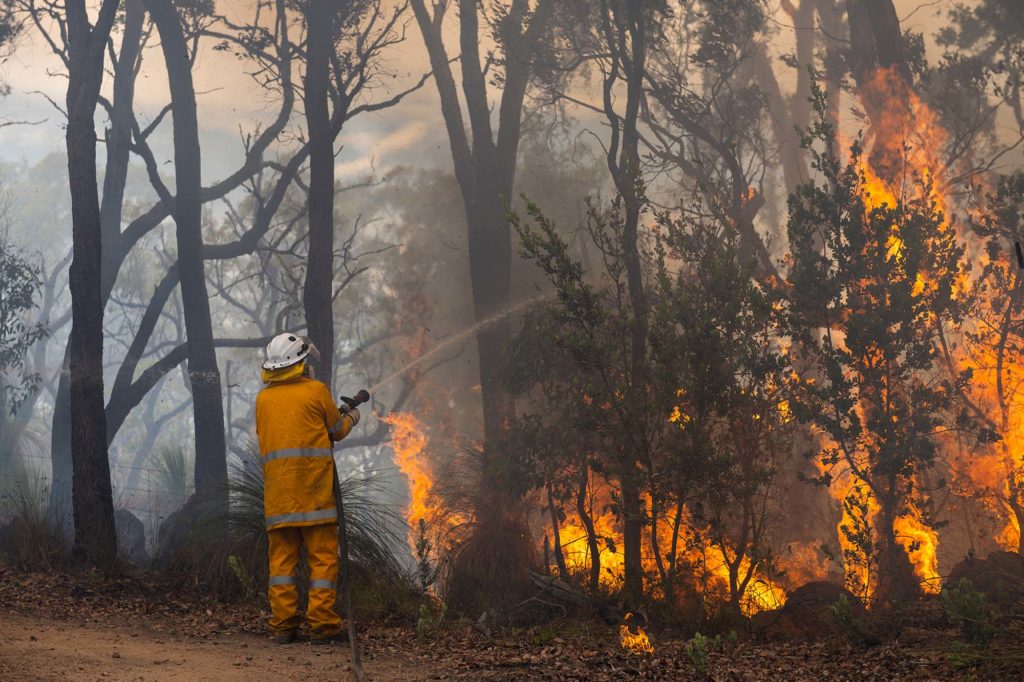What do I need to know about
new WHS reporting obligations?
WA’s new Work Health and Safety Act 2020 (WHS Act) and regulations will commence on 31 March 2022.

Australia is no stranger to unpredictable or extreme weather.
In recent years, we’ve seen more heatwaves, bushfires, coastal erosions, and other extraordinary environmental events like the recent devastating floods in Queensland and NSW.
These events can impact us in more ways than one, presenting risks to health, infrastructure – and your local government’s longterm plans.

WA’s new Work Health and Safety Act 2020 (WHS Act) and regulations will commence on 31 March 2022.
There is no hard and fast rule regarding whether contraction of the COVID-19 virus is compensable under the Workers’ Compensation & Injury Management Act 1981 (the Act) – it will need to be determined on the facts of each case.
The past two years have been tumultuous, with unplanned changes to restrictions, safety measures, and border closures adding to the stress and uncertainty of the COVID-19 pandemic.
The IPCC’s report finds the impacts from climate change threaten to overwhelm our ability to adapt in the coming decades, with some impacts requiring rapid and radical transformations in how we live and operate.
Current global policies put the world on course of warming at least 2.1C by 2100, and possibly as much as 3.9C.
Regional and urban areas will face irreversible changes that will impact millions of people’s lives, including:
As climate change intensifies, we see compounding impacts and risks, including where extreme events coincide.
The impacts of these events on cities and towns, roads, supplychains and services is extreme. Think of the rolling impacts from the Black Summer bushfires, which killed people and wildlife, destroyed property and resulted in major economic losses. This places even greater pressure on the ability to respond. The 2019/20 south-eastern fire impact came to approximately $2.3b insured losses across Australia.
Risk is determined by the interactions between hazard, exposure, and vulnerability. As history tells us, climate hazards can be acute or chronic. The exposures around climate include people, livelihoods, ecosystems, environmental services, infrastructure, and economic, social, and cultural assets. The vulnerability is the likelihood of being adversely affected and looks at how sensitive or susceptible the exposures are to harm, and the capacity (or lack thereof) to cope and adapt.
Adaption and mitigation go hand in hand for climate – adaption is the life jacket and is necessary for mitigation to be successful, however there cannot be one without the other – they are complementary factors.
As leaders of their communities, local governments bear the social, moral, and official responsibility to ensure their communities are well protected. This includes supporting businesses and residents by proactively considering climate
change risks in your current and future developments.
If left unmanaged, climate change can impact local governments in various ways, including:
Damage to infrastructure and built assets
From buildings to drainage, climate change causes continual physical damage to assets above and below ground. This leads to additional maintenance costs, increased risks to health and safety, and even potential liability due to inadequate planning.
Resident migration
As climate change worsens with frequent flooding or bushfires, poor quality housing in affected areas may not be able to withstand these events.
Coastal erosion is also of increasing concern. In 2019, the WA State Government commissioned a state-wide assessment of
the extent and scale of coastal erosion in WA. The assessment identified 55 coastal erosion hotspots (15 in the Perth metropolitan
area and 40 regional) spanning 29 local government areas. An additional 31 locations (8 metropolitan, 23 regional) have been placed on a watch-list for future monitoring and investigation.
Increased temperatures may turn outdoor spaces like local parks into a safety hazard too. And without a long-term solution for these possibilities, people in your local government may start moving away to find better living conditions.
Financial impact
Local governments may have reduced rate revenue as businesses are disrupted or unable to operate during extreme weather conditions. There’s also the increasing cost of risk and insurance to consider, as well as large clean-up costs following extreme weather events.
Reduced operations
Your own staff and infrastructure may be affected by extreme weather events. And in these situations, your operations may be disrupted, leading to reduced productivity.
Other areas climate change can impact your local government:
We mentioned that often climate change liability risk to local governments emanates from planning decisions. This is true, but more specifically liability arises because of:


While no doubt the brunt of change needs to be at a Federal and State government level, it’s important for local governments to
commit to developing climate policies and strategies to mitigate global warming.
Climate change is a strategic risk with impacts across all areas of your local government’s responsibilities. There is also an added expectation that you should already be considering these impacts in your strategic planning, development, infrastructure,
and community decisions. This includes practicalities like making sure all strategic planning, land use planning, and infrastructure developments take complex climate change risks into account – in a systematic, rather than siloed way. Place-based planning, especially coastal adaption, is of huge importance for local governments to direct their energy. Not doing so is a large reputational risk.
Risk management should inform your decision making – to allow you to anticipate, understand, prioritise and adapt to your local conditions. LGIS can assist in this process in several ways, including:
When you understand the climate scenarios and what your local government might be exposed to (currently or in the future), you are better placed to make informed decisions and strategies.
Using data relevant to Australia and your specific local government, a climate change risk assessment will help you:
It’s important for all councils to perform climate change risk assessments – regularly. Depending on when you did your last assessment, we may recommend that you consider reviewing it.
There are several reasons for this:
An example of how climate change risk assessments can benefit your local government:
Your local government is planning to build a playground, but through climate change projections, you find the area has a high risk of increased temperature. This in turn may damage play equipment, or cause heatstroke and injury to children and families using the facilities. This risk projection allows your council to mitigate the issue by relocating the playground development to another, more suitable area. It also allows you to put in plans to use materials that can withstand high temperatures. Climate change risk assessments are crucial in enabling you to make better long-term plans and decisions – and ensuring that you spend your funds wisely.

To discuss your climate change risks, please contact the LGIS risk services team on 9483 8868 or your regional risk coordinator, or to discuss your policy protection, please contact your LGIS member services account manager directly.

The City of Fremantle’s new agile workplace sets the standard on putting employee
wellbeing – and ergonomics – first.

The recent Intergovernmental Panel on Climate Change (IPCC) report stresses the time to act on climate change is now, and there is much work to be done – including by local governments.

Local governments are often planning exciting new places for their communities to gather and play.
LGIS is the unifying name for the dedicated suite of risk financing and management services for WA local governments, established by the WA Local Government Association in conjunction with JLT Public Sector (part of the Marsh group of companies). LGIS is managed by JLT Public Sector (ABN 69 009 098 864 AFS Licence 226827).
Risk Matters, via this website, is designed to keep members, their staff and elected members informed on topical risk management and insurance issues and LGIS programs and services.